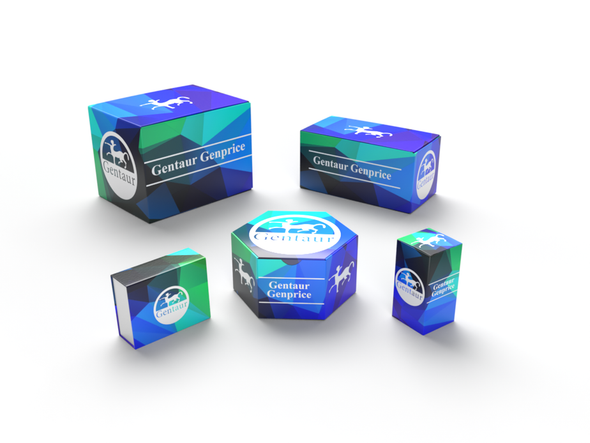740
Mouse NADPH oxidase 3 (NOX3) ELISA Kit | AE60299MO
- SKU:
- 740-AE60299MO
- Availability:
- Usually ships in 5 working days
Description
Mouse NADPH oxidase 3 (NOX3) ELISA Kit | AE60299MO | Gentaur UK, US & Europe Distribution
Species Reactivity: Mouse (Mus musculus)
Abbreviation: NOX3
Alternative Name: GP91-3; NADPH oxidase catalytic subunit-like 3
Application: ELISA
Range: 1.56-100 ng/mL
Sensitivity: 0.64 ng/mL
Intra-Assay: ≤5.9%
Inter-Assay: ≤9.8%
Recovery: 1, 07
Sample Type: Serum, Plasma, Other biological fluids
Detection Method: Sandwich
Analysis Method : Quantitive
Test Principale: This assay employs a two-site sandwich ELISA to quantitate NOX3 in samples. An antibody specific for NOX3 has been pre-coated onto a microplate. Standards and samples are pipetted into the wells and anyNOX3 present is bound by the immobilized antibody. After removing any unbound substances, a biotin-conjugated antibody specific for NOX3 is added to the wells. After washing, Streptavidin conjugated Horseradish Peroxidase (HRP) is added to the wells. Following a wash to remove any unbound avidin-enzyme reagent, a substrate solution is added to the wells and color develops in proportion to the amount of NOX3 bound in the initial step. The color development is stopped and the intensity of the color is measured.
Product Overview: NOX3 is a member of the NOX family of NADPH oxidases. These enzymes have the capacity to generate superoxide and other reactive oxygen species (ROS) and transport electrons across the plasma membrane. The ROS generated by family members have been implicated in numerous biological functions including host defense, posttranlational processing of proteins, cellular signaling, regulation of gene expression, and cell differentiation. The protein encoded by this gene is expressed predominantly in the inner ear and is involved in the biogenesis of otoconia/otolith, which are crystalline structures of the inner ear involved in the perception of gravity. Sequence Note: The RefSeq transcript and protein were derived from genomic sequence to make the sequence consistent with the reference genome assembly.
Stability: The stability of ELISA kit is determined by the loss rate of activity. The loss rate of this kit is less than 5% within the expiration date under appropriate storage condition. The loss rate was determined by accelerated thermal degradation test. Keep the kit at 37°C for 4 and 7 days, and compare O.D.values of the kit kept at 37°C with that of at recommended temperature. (referring from China Biological Products Standard, which was calculated by the Arrhenius equation. For ELISA kit, 4 days storage at 37°C can be considered as 6 months at 2 - 8°C, which means 7 days at 37°C equaling 12 months at 2 - 8°C) .






